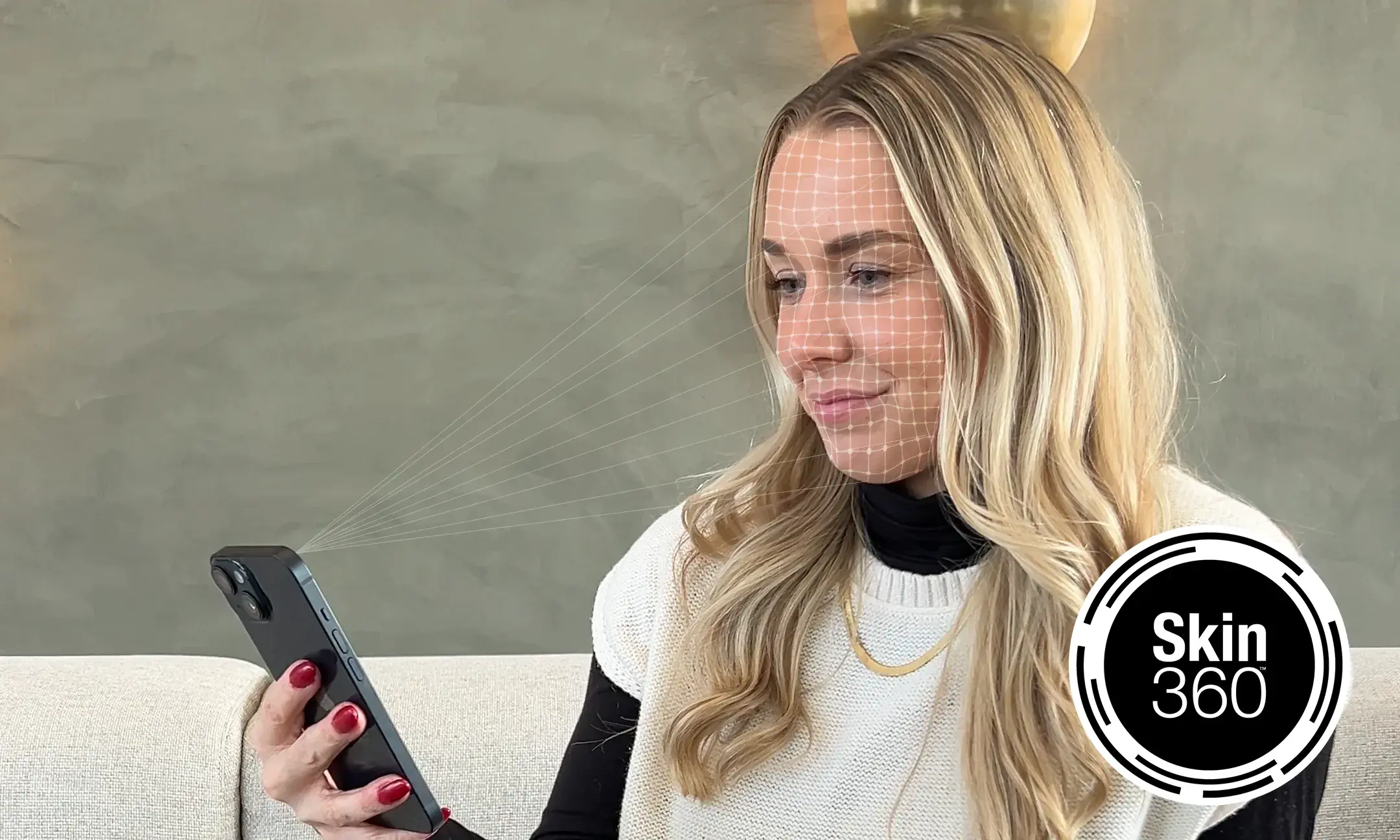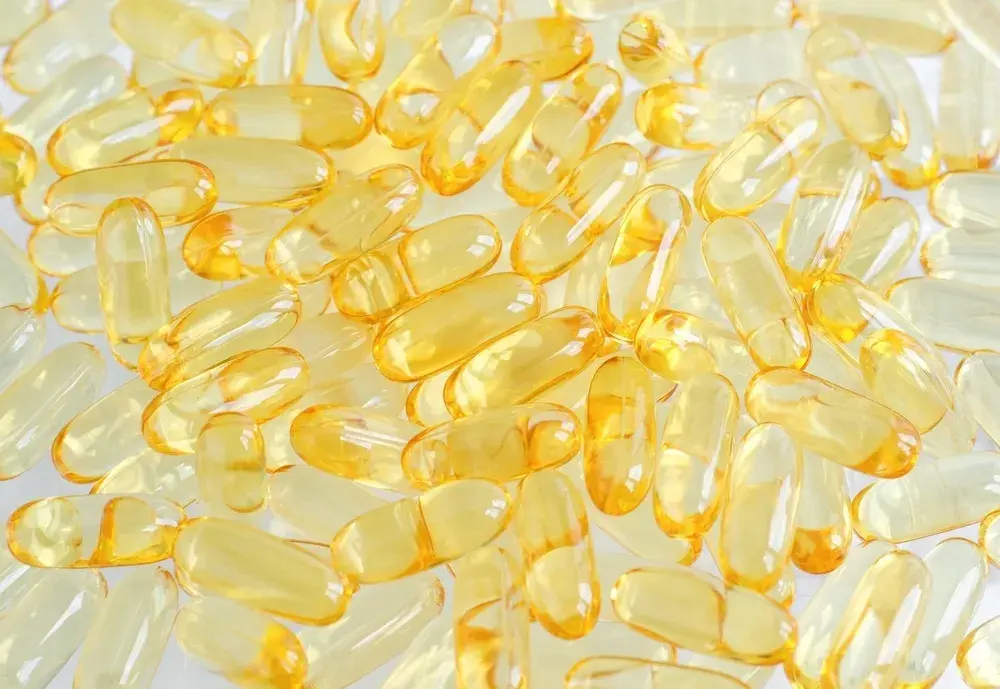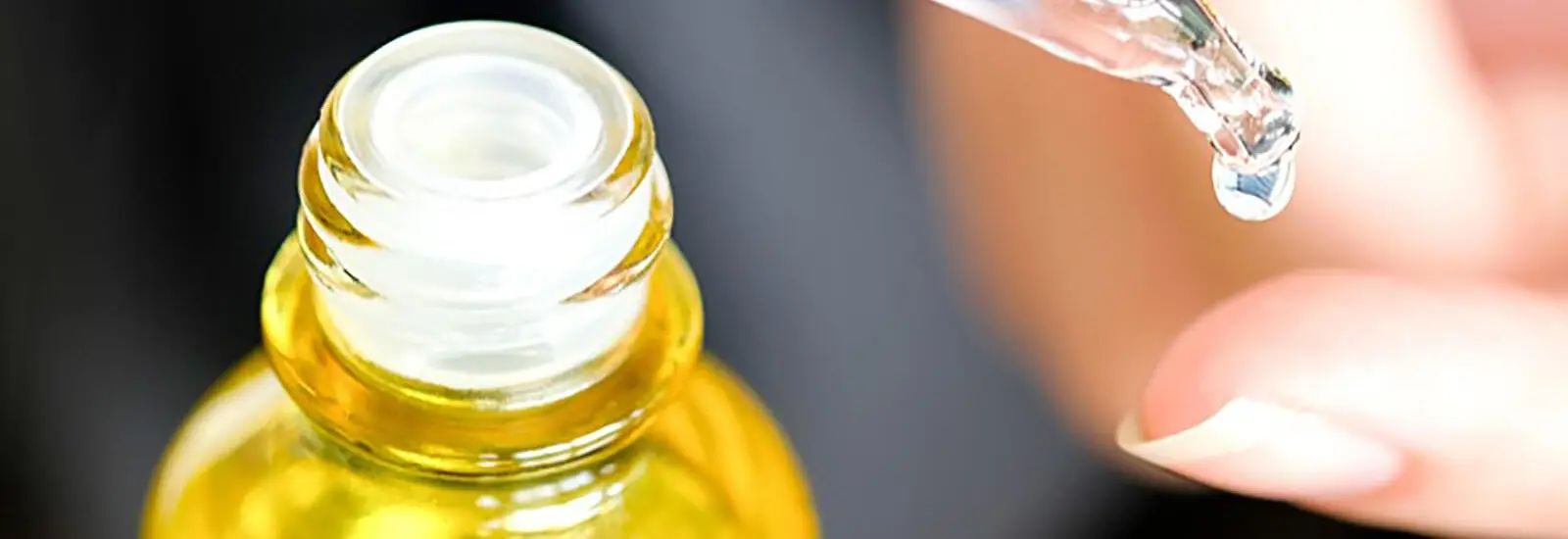What is Vitamin E?
Vitamin E is a fat-soluble antioxidant known for its incredible skin-nourishing and protective properties. This powerhouse vitamin consists of eight different compounds: alpha-, beta-, gamma- and delta-tocopherol and alpha-, beta-, gamma- and delta-tocotrienol. It's naturally found in your skin's oil, or sebum, which helps retain skin moisture.
But what makes vitamin E so special? It's all about its role in protecting your skin from oxidative damage caused by pesky free radicals and environmental stressors (take that, ultraviolet rays!). Think of vitamin E as your skin's bodyguard, always on duty to keep your complexion healthy and radiant.
You can find vitamin E in dietary sources and topical skincare products like oils, creams and serums, making it a versatile addition to your beauty arsenal.
What are the uses of Vitamin E?
So, what is vitamin E used for? Vitamin E's beneficial properties have led to its widespread use in the food and cosmetic industries. Thanks to its antioxidant properties, vitamin E is used to fortify and preserve foods, improving their safety, nutritional value and shelf life.
Vitamin E offers a multitude of skin benefits, too. Let's delve deeper into its uses and how this multitasking ingredient can enhance your skincare routine.
Improves skin moisture
One of the standout uses of vitamin E is its ability to moisturize the skin. It enhances the skin's natural barrier function, which helps lock in moisture and keep your skin feeling soft and supple. This property is particularly beneficial if you have dry or sensitive skin.
Reduces inflammation
The Linus Pauling Institute at Oregon State University explained that vitamin E is considered an anti-inflammatory, making it an excellent choice for calming irritated skin. While more research is needed, studies suggest vitamin E may help prevent and treat flare-ups associated with inflammatory skin conditions like eczema and psoriasis.
Enhances sun protection
Vitamin E isn't a substitute for sunscreen. However, it can enhance your skin's protection against UV damage when used with other sun-protective measures. It helps neutralize free radicals that UV exposure generates, minimizing skin damage. Many sunscreens and after-sun products include vitamin E for this reason.
Boosts antioxidant synergy
Vitamin E works exceptionally well when combined with other antioxidants such as vitamin C. Together, vitamins E and C provide a synergistic effect that boosts the skin's defense against oxidative stress and visible signs of skin aging. This powerful combo can help brighten your complexion, reduce dark spots and enhance your skin's overall health and appearance.
Soothes skin after sun exposure
Spent a little too much time in the sun? Vitamin E can help soothe and repair your skin after sun exposure. Its anti-inflammatory, antioxidant and moisturizing properties work together to support your skin's recovery process, helping prevent long-term skin damage.
Softens cuticles and dry areas
Vitamin E isn't just for your face. It's also great for softening cuticles and dry areas, like your elbows and knees. A little vitamin E oil can go a long way in keeping these often-neglected areas soft and smooth.
Where does Vitamin E come from?
Scientists Herbert Evans and Katharine Bishop discovered vitamin E while working at Berkeley University in California in 1922. In 1938, German chemist Erhard Fernholz identified its chemical structure. Today, vitamin E is valued in the cosmetic industry for its ability to protect and nourish the skin, making it a staple in many beauty products.
Vitamin E is naturally present in various food sources, including nuts, seeds, green leafy vegetables, avocados and red bell peppers. It's also found in many plant-based oils like sunflower, safflower and wheat germ oil.
In addition to natural sources, manufacturers can synthetically produce vitamin E for supplements and skincare products. While the natural form is more potent, the synthetic form of vitamin E, often labeled as dl-alpha-tocopherol, is widely used in the beauty industry due to its stability and cost-effectiveness compared to its natural counterpart.
How to incorporate vitamin E into your skincare routine
Here's how to seamlessly incorporate this powerhouse ingredient into your daily regimen for maximum benefits.
Apply Vitamin E + SPF
Does a vitamin E serum with sun protection sound too good to be true? Maybe, but it's all yours with Neutrogena Ultra Sheer® Oil-Free Face Serum With Vitamin E SPF 60+. This weightless, non-comedogenic serum includes vitamin E to help skin retain moisture and boost your defense against free radical damage while shielding your skin from UV rays.
Look for Vitamin E-rich products
Many moisturizing creams and lotions include vitamin E as a key ingredient to enhance hydration and protect the skin. With their concentrated formulas, serums deliver a potent dose of vitamin E directly to the skin, often combined with other beneficial ingredients like glycerin, vitamin C or hyaluronic acid.
You can also secure vitamin E's skincare benefits in your everyday makeup products. Neutrogena® Hydro Boost Plumping Waterproof Mascara and Neutrogena® Healthy Skin Radiant Primer + Serum both boast vitamin E's moisturizing, protective properties.
Try Vitamin E oil
You can use pure vitamin E oil to target dry patches or areas that need extra nourishment. Apply it sparingly — a little goes a long way. Dab on a small amount and gently massage it into your skin using circular motions until fully absorbed.
You can also add a few drops of vitamin E oil to your favorite moisturizer or serum to enhance its hydrating and antioxidant properties.
Apply Vitamin E in your evening routine
At night, your skin goes into repair mode, making it the perfect time to use regenerative skincare products. Applying a vitamin E serum or oil before bed allows it to work its magic overnight, supporting softer, more radiant skin by morning.
Use Vitamin E post-sun exposure
After a day in the sun, your skin can benefit from vitamin E's soothing and reparative properties. Apply a vitamin E-infused moisturizer or oil to help calm irritation and support your skin's recovery from UV exposure. A perfect pick? Neutrogena® Sun Rescue™ After Sun Replenishing Lotion. This formula instantly cools and soothes the skin with vitamin E, aloe vera and mint extract to moisturize and provide much-needed relief — and damage control.
Combine with Vitamin C and Hyaluronic Acid
Vitamin E works exceptionally well with other antioxidants, particularly vitamin C. This combination enhances each ingredient's protective properties, providing a more robust defense against free radicals and photodamage.
For an extra hydration boost, combine vitamin E with hyaluronic acid. Hyaluronic acid helps draw moisture to the skin, while vitamin E locks it in.





